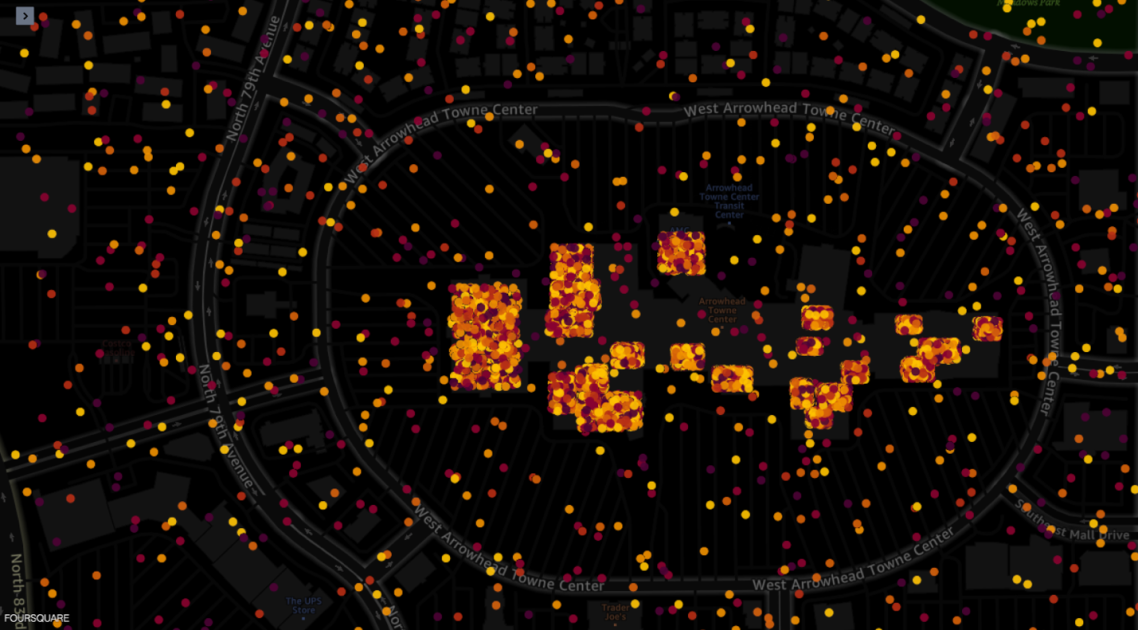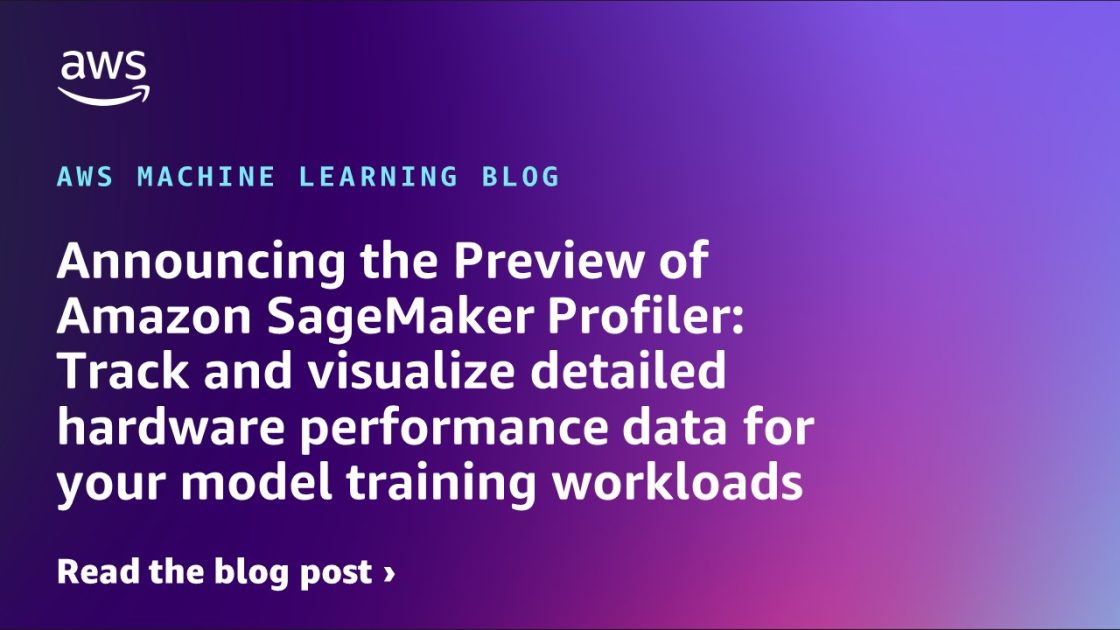Image by Author | Created on Canva
As a machine learning engineer or a data scientist, you’ll likely need to work with time series data. Time series analysis focuses on data indexed by time, such as stock prices, temperature, and the like.
If you’re already comfortable with machine learning fundamentals but new to time series, this guide will provide you with five actionable tips to get started.
These tips will help you understand the aspects of time series data, preprocess it effectively, decompose the data into its core components, engineer meaningful features, and apply key algorithms for accurate analysis and forecasting. Let’s get started.
1. Understand the Basics of Time Series Data
As mentioned, time series data is a sequence of data points indexed by time unlike other data where observations are independent. So before you start analyzing time series analysis, it is important to understand the fundamentals of time series data.
You should first familiarize yourself with the key components of time series data:
- Trend: The long-term progression of the series
- Seasonality: Regular pattern repeating over a specific period
- Cyclic patterns: Irregular fluctuations influenced by economic or business cycles
- Noise: Random variation that cannot be attributed to trend, seasonality, or cycles.
To get a good grasp of your data, start by plotting it. Visualization often helps identify these components and provides insights into the underlying patterns.
As a practice, you can visualize a time series dataset, such as daily temperature readings or monthly sales data, to identify these components.
2. Learn to Preprocess Time Series Data
Preprocessing is an important step regardless of the dataset you’re working with. And when working with time series data, you’ll run into missing values. You’ll also have to perform resampling and stationarity checks.
Handling missing values: Time series data often contains missing values. These can be handled using techniques like forward fill, backward fill, or interpolation.
Forward fill propagates the last observed value forward until a new value is encountered, while backward fill does the opposite. Interpolation estimates missing values based on the surrounding data points.
Here’s a quick example:
|
df[‘value’].fillna(method=‘ffill’, inplace=True) |
Resampling: Another important preprocessing task is resampling, which involves adjusting the frequency of your time series data. For example, you might convert daily data to weekly or monthly data to smooth out short-term fluctuations and highlight longer-term trends.
Here’s an example of resampling the time series data into monthly intervals and calculating the mean value for each month:
|
df_resampled = df.resample(‘M’).mean() |
Check for stationarity: Additionally, you should check for stationarity. This is important because many time series models assume that the underlying data is stationary—the data has a constant mean and variance over time.
You can use tests like the Augmented Dickey-Fuller (ADF) test to check for stationarity. If the data is not stationary, you can apply transformations such as differencing or logarithms to stabilize the mean and variance.
3. Learn to Decompose Time Series
Once you’re familiar with the basics of time series data and know how to clean such data, it’s helpful to know how to decompose a time series into components.
Time series decomposition involves breaking down a time series into its constituent components: trend, seasonality, and residuals. This helps in better understanding the underlying patterns and making more accurate forecasts.
There are two main types of decomposition: additive and multiplicative. In additive decomposition, the components are added together, while in multiplicative decomposition, the components are multiplied.
Here’s how you can use the statsmodels library to perform additive decomposition:
|
import matplotlib.pyplot as plt
from statsmodels.tsa.seasonal import seasonal_decompose result = seasonal_decompose(df[‘value’], model=‘additive’) result.plot() plt.show() |
In this code, the time series is decomposed into trend, seasonality, and residual components.
4. Explore Feature Engineering for Time Series
Feature engineering is essential for improving model performance. With time series data, this involves creating lag features, rolling statistics, and extracting date-time features amongst others.
Lag features: Use past values of the time series as features for forecasting. which use past values of the time series as predictors for future values.
Consider the following example:
|
df[‘lag_1’] = df[‘value’].shift(1) df[‘lag_2’] = df[‘value’].shift(2) |
This creates two new columns in the DataFrame df for lagged features. The df[‘lag_1’] column contains the values of the df[‘value’] column shifted by one time step, and the df[‘lag_2’] column contains the values shifted by two time steps.
Rolling statistics: You can also calculate rolling statistics such as rolling mean and rolling standard deviation to capture context.
Let’s take this example:
|
df[‘rolling_mean’] = df[‘value’].rolling(window=3).mean() df[‘rolling_std’] = df[‘value’].rolling(window=3).std() |
The df[‘rolling_mean’] column is the rolling mean (average) of the df[‘value’] column over a window of 3 time steps, and the df[‘rolling_std’] column calculates the rolling standard deviation over the same window.
Date-time features: Extract features like hour, day, month, and year from the date-time index to capture temporal patterns.
This code extracts the different date-time components:
|
import pandas as pd
# Create a sample DataFrame date_rng = pd.date_range(start=‘2023-01-01’, end=‘2023-01-10’, freq=‘H’) df = pd.DataFrame(date_rng, columns=[‘date’]) df[‘value’] = range(len(date_rng)) # Just some sample values df.set_index(‘date’, inplace=True)
# Extract date-time features df[‘hour’] = df.index.hour df[‘day’] = df.index.day df[‘month’] = df.index.month df[‘year’] = df.index.year |
5. Learn About Key Time Series Algorithms
When exploring time series analysis, it’s essential to familiarize yourself with key algorithms that are fundamental for modeling and forecasting time series data. Understanding these algorithms will equip you with the ability to capture and predict various patterns such as trends and seasonality.
ARIMA (AutoRegressive Integrated Moving Average): ARIMA is one of the most widely used methods in time series analysis. It combines autoregressive and moving average components along with differencing to handle non-stationarity.
ARIMA models are particularly effective for datasets with trends but no strong seasonal patterns.
SARIMA (Seasonal ARIMA): SARIMA extends ARIMA by incorporating seasonal elements. This makes SARIMA suitable for datasets with recurring seasonal patterns. This model incorporates additional seasonal terms to capture periodic fluctuations.
Exponential Smoothing: Exponential smoothing methods, such as Holt-Winters, are excellent for capturing both trends and seasonal effects in time series data. Such methods apply weighted averages—with more recent observations given higher weights. Holt-Winters, in particular, can model data with both additive and multiplicative seasonality.
In addition, you can learn to use Prophet, a user-friendly forecasting tool designed to make time series forecasting simpler. If you’re familiar with deep learning, you can use LSTM (Long Short-Term Memory) networks to learn long-term dependencies in time series data. Unlike traditional methods, LSTMs are capable of learning from sequences of data and can model complex patterns.
By understanding these key algorithms, you can choose the most appropriate method for your specific time series analysis tasks.
Wrapping Up
I hope you found this guide to get started with time series analysis helpful.
As we’ve gone through in the article, time series analysis requires understanding the basics of time series as well as learning a few algorithms to add to your toolbox. Besides, you should focus on data preprocessing and feature engineering to build useful and effective models.
If you’d like to learn more about time series, check out the Time Series Forecasting with Python 7-Day Mini-Course. Happy learning!



